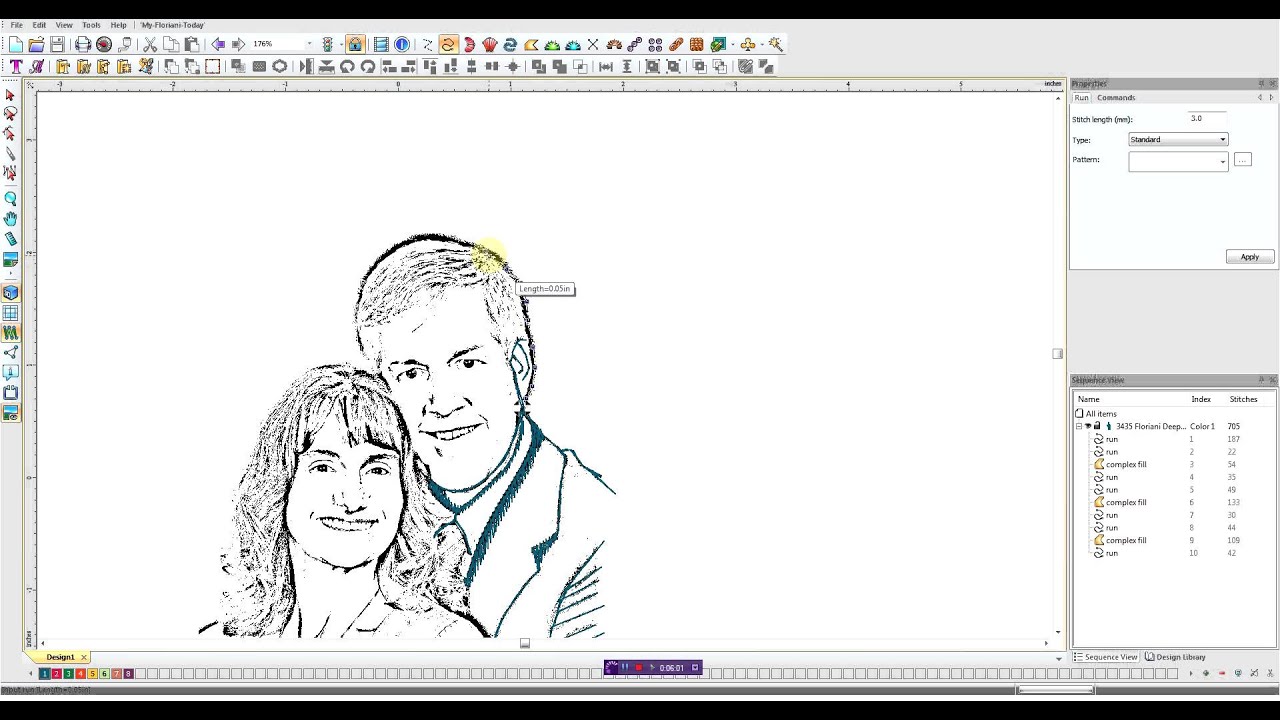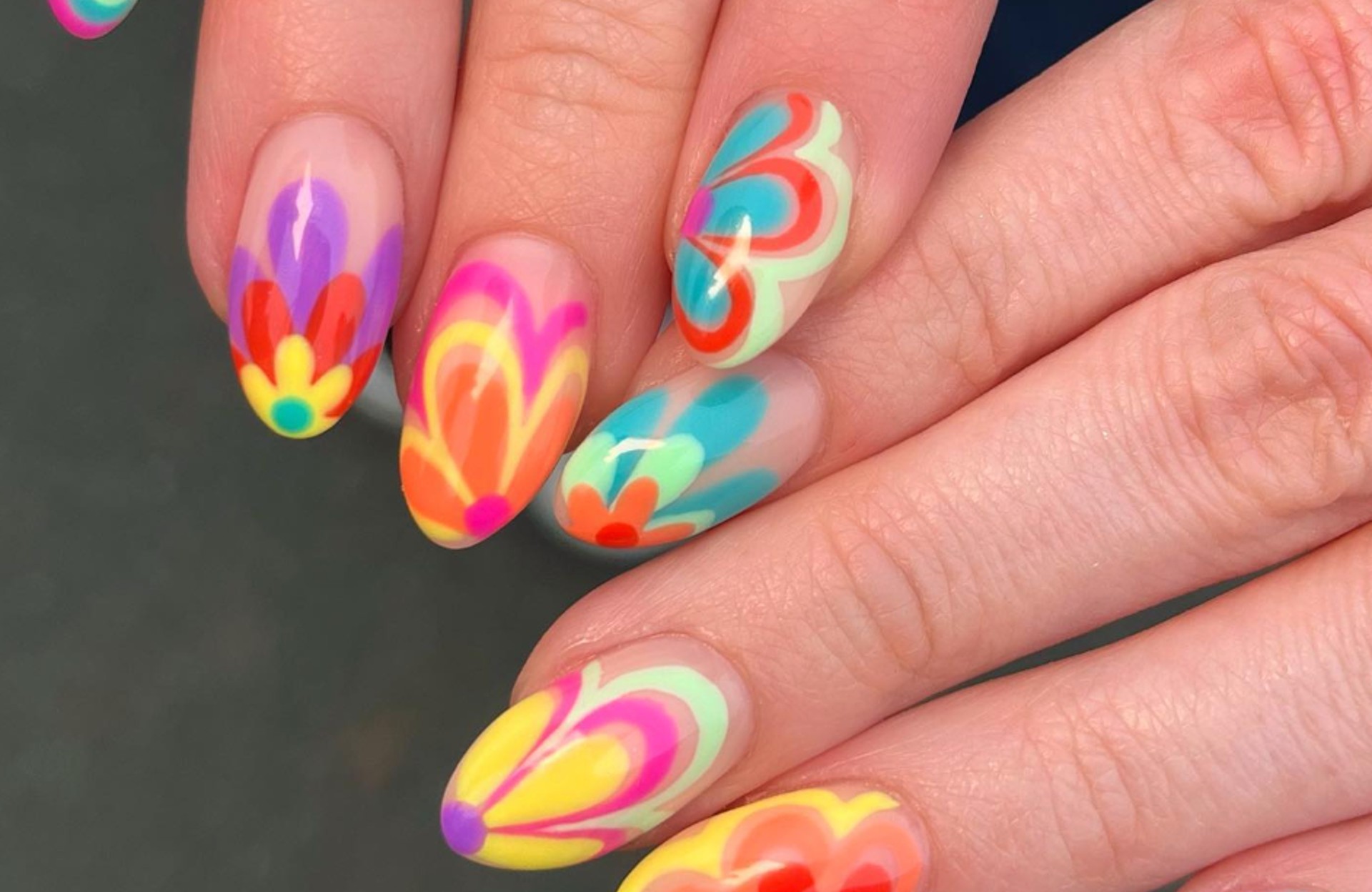How Embroidery Digitizing is Empowering AI-Driven Personal Fashion Expression
Introduction
In the ever-evolving landscape of fashion, the marriage between technology and creativity has birthed revolutionary trends. Among these, embroidery digitizing is rapidly emerging as a transformative force—not just in the garment industry but in the way individuals express themselves. With the integration of AI and digitizing software, custom fashion is no longer reserved for high-end designers or large corporations. It is now accessible to hobbyists, entrepreneurs, and fashion-forward individuals alike. In this article, we explore how embroidery digitizing is changing the game for personal expression, customization, and the future of wearable tech.
What is Embroidery Digitizing?
Embroidery digitizing is the process of converting artwork or images into a digital file that an embroidery machine can read. This file contains a set of instructions that tells the machine how to stitch the design. The rise of intelligent digitizing software powered by AI has made this process faster, more accurate, and user-friendly.
Key Components of Embroidery Digitizing:
- Stitch types: Satin, Fill, Running, etc.
- Thread color codes: Matching digital designs to real thread brands
- Pathing: Optimizing stitch sequence for efficiency
- Underlay: Foundational stitching that enhances final output
The Role of AI in Modern Embroidery Digitizing
Artificial Intelligence has supercharged the digitizing process. Where manual digitizing once took hours, modern AI-powered platforms like Hatch, Wilcom, and Embird can auto-trace and interpret artwork in minutes.
AI-Powered Benefits:
- Smart Pathing: Reduces stitch time and thread changes
- Auto Optimization: Adjusts for fabric type, density, and thread
- Error Detection: Finds overlaps or broken paths before production
- Intuitive Editing: Easy changes for beginners and pros alike
With these features, anyone—from a local Etsy seller to a global fashion brand—can create high-quality, digitized embroidery designs.
Why Custom Fashion is Gaining Momentum
Consumers today value personalization more than ever. They’re not just buying clothes—they’re buying identity. Embroidery digitizing enables:
- Initials and Monograms
- Personal Quotes
- Custom Logos
- Unique Artworks on Apparel
This is driving trends in:
- Streetwear
- Fitness apparel
- Wedding and special occasion wear
- Corporate and branded uniforms
Case Study: The Rise of Personal Streetwear Brands
Many micro-influencers and young entrepreneurs are launching their streetwear lines using digitizing software and basic embroidery machines. With platforms like Shopify and Instagram, their designs can reach global audiences, starting with just a few personalized caps or tees.
Embroidery Digitizing Meets Smart Textiles
Looking ahead, embroidery isn’t just decorative—it’s becoming functional. Smart threads and conductive embroidery are allowing fashion designers to integrate sensors and circuits into apparel.
Examples Include:
- Heart-rate monitoring jackets
- Touch-sensitive sleeves
- Temperature-regulating scarves
- LED-lit logos
These are all created using digitized embroidery maps, blending aesthetics with practical utility.
How to Get Started with Embroidery Digitizing
Here’s a basic roadmap for hobbyists and small businesses:
- Choose Your Software: Wilcom, Hatch, SewArt, Ink/Stitch (free)
- Convert or Create Artwork: Vector format works best (SVG, AI)
- Digitize the Design: Use auto tools, then fine-tune paths and stitches
- Export File Formats: Commonly used ones are .DST, .PES, .EXP
- Test on Fabric: Always test before mass production
Pro Tip:
Always use high-resolution images and consider fabric type before digitizing. Different materials require different stitch densities and underlay types.
SEO Benefits for Businesses Offering Embroidery Digitizing Services
If you’re running a digitizing service, your content strategy should include:
- Blog posts about embroidery trends
- SEO-optimized product pages (using keywords like “custom logo digitizing”)
- Visual case studies of your embroidery work
- Social media reels showing digitizing before/after
These will help you rank higher in search engines and attract more niche customers.
The Future of Embroidery Digitizing
With AI, machine learning, and augmented reality (AR) on the rise, we’re looking at a future where:
- Users can visualize embroidered designs in real time using AR
- AI generates embroidery patterns from voice input
- Instant digitizing apps become the norm for mobile users
- Sustainability is enhanced via smart material usage
Expert Prediction:
“By 2030, over 60% of custom fashion items will use embedded AI embroidery systems. Designers will co-create with machines, not just operate them.” — FashionTech Journal
Conclusion
Embroidery digitizing is more than just a tool—it’s a bridge between human creativity and machine precision. Whether you’re an artist, a fashion entrepreneur, or a brand aiming to stand out, the ability to convert your ideas into fabric with intricate embroidery has never been more accessible. As AI continues to evolve, so will our ability to express ourselves through stitches and threads, one pixel-perfect loop at a time.













